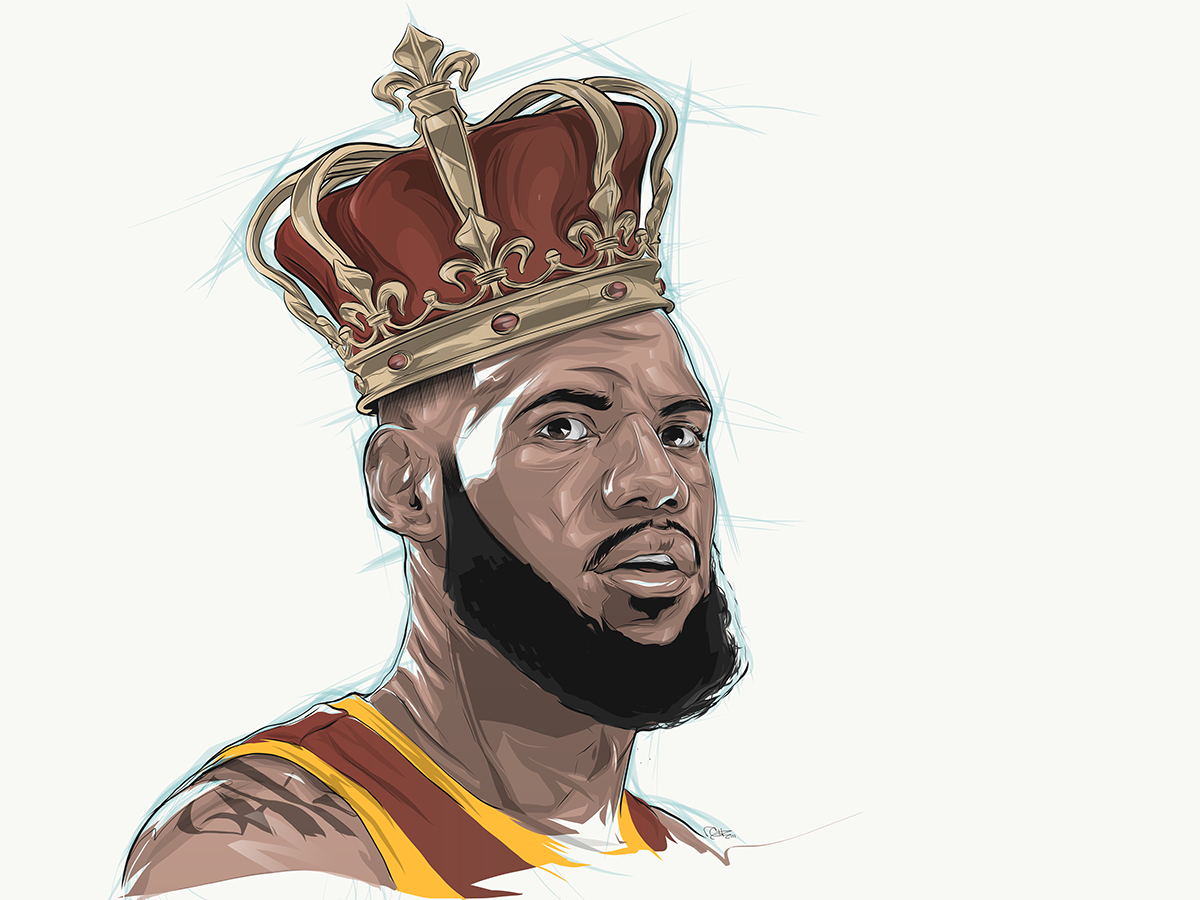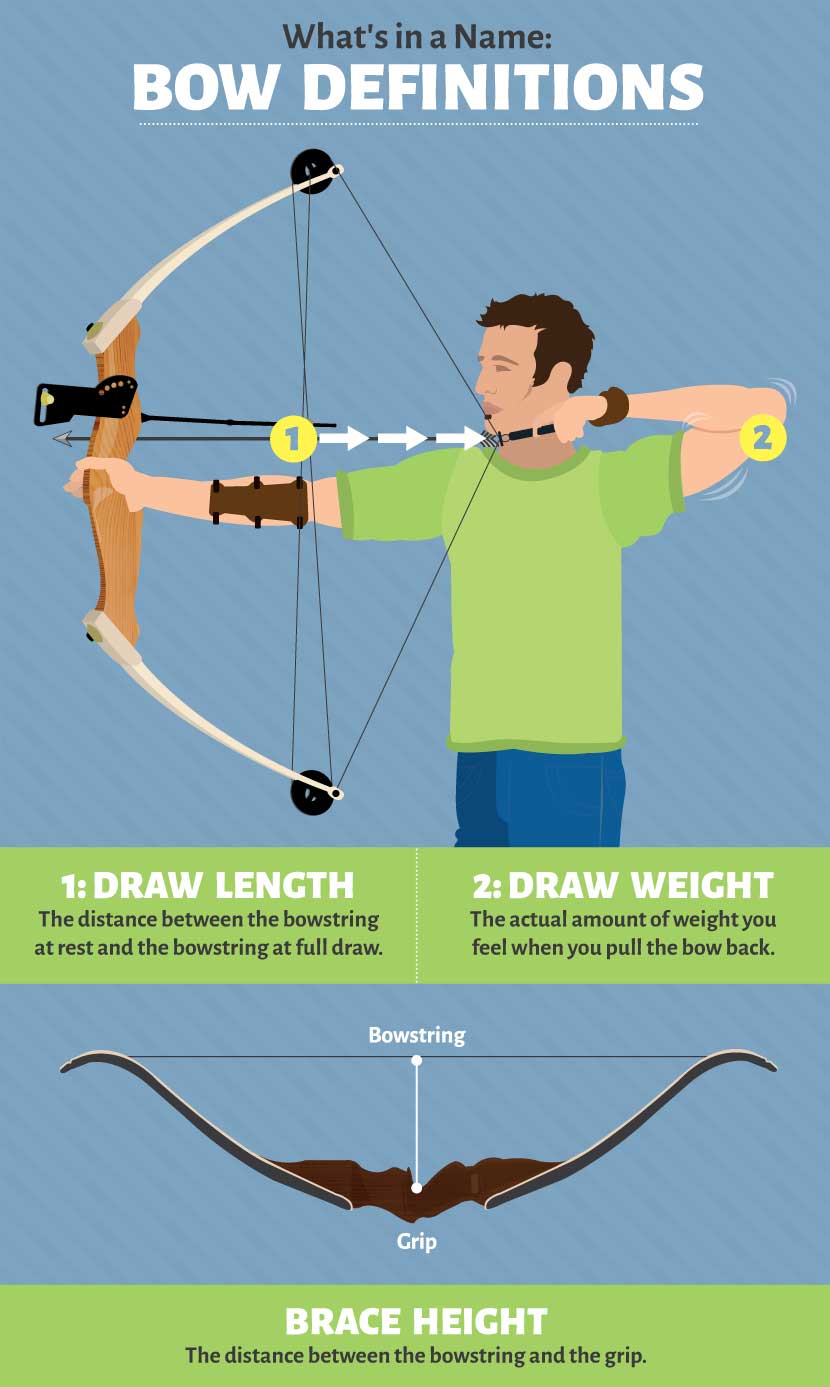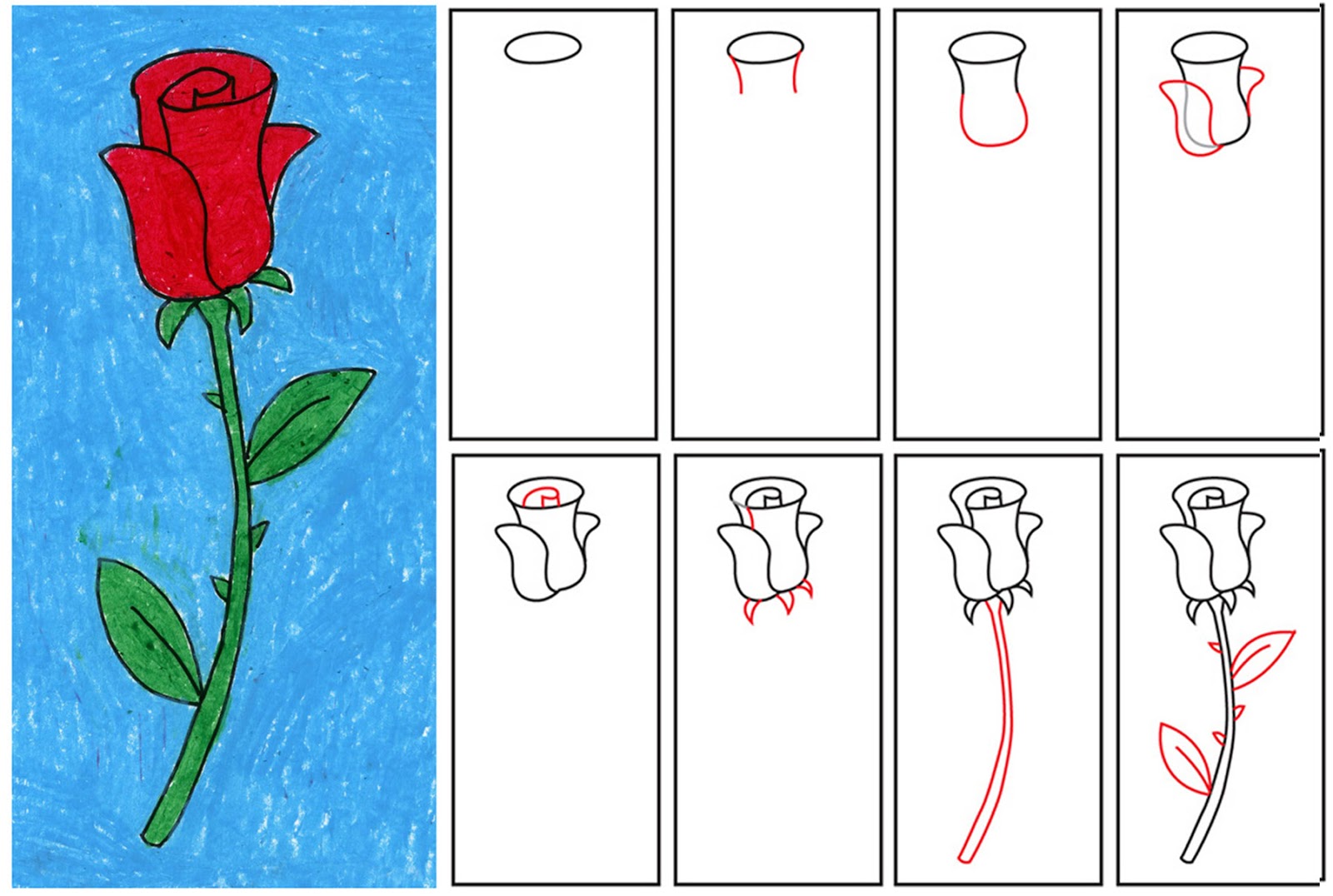Elephant head drawing clipart coloring animal indian outline decal wall elephants face sticker front line clip designs silhouette african animals
Table of Contents
Table of Contents
Are you looking to learn how to draw an elephant face? Whether it’s for a school project, a hobby, or just for fun, drawing an elephant face is a great skill to have. Not only can it be a fun activity, but it can also help improve your artistic abilities. In this blog post, we’ll give you step-by-step instructions on how to draw an elephant face and provide you with some tips and tricks to make the process easier.
Pain Points of Drawing an Elephant Face
Drawing an elephant face can be a challenging task for many reasons. One of the biggest challenges is getting the proportions and details right. Elephants have unique features such as large ears, a long trunk, and a wrinkly forehead that can be difficult to capture accurately in a drawing. Additionally, shading and adding texture can also be challenging for beginners.
How to Draw an Elephant Face
Before we begin, make sure you have all the necessary materials such as a pencil, eraser, and paper. Once you have everything you need, follow these simple steps:
- Start by drawing a large circle for the elephant’s head.
- Add two large circles for the elephant’s ears on either side of the head.
- Draw a long, curved line for the elephant’s trunk.
- Sketch two small circles for the elephant’s eyes.
- Add a curved line above the eyes for the elephant’s eyebrows.
- Draw a large, curved line for the elephant’s forehead.
- Add curved lines around the forehead to create wrinkles.
- Use shading to add texture and depth to your drawing.
- Erase any unwanted lines and finalize your drawing.
Summary of Main Points
To draw an elephant face, you will need to pay careful attention to the elephant’s unique features such as its large ears, long trunk, and wrinkly forehead. By following the steps outlined above, you can create an accurate and realistic drawing. Don’t be afraid to practice and iterate until you achieve the desired outcome.
Drawing an Elephant Face: Tips and Tricks
When drawing an elephant face, it’s important to pay attention to the small details to make your drawing as realistic as possible. One tip is to use references such as pictures and videos to help you get a better idea of the elephant’s movement and posture. Additionally, you can use light pencil strokes and shading to create depth and texture in your drawing.
Personally, I find that the most challenging part of drawing an elephant face is capturing the details of the elephant’s trunk. To make this process easier, I often practice drawing the trunk separately before incorporating it into the rest of the drawing. Another tip is to use an eraser to create the trunk’s contour before adding details and textures.
Drawing an Elephant Face Step-by-Step
Let’s dive a little deeper into the step-by-step process of drawing an elephant face. First, start by drawing a rough sketch of your elephant head. Next, add the elephant’s ears and trunk. Don’t worry about getting the proportions exactly right at first; you can always make adjustments later. Once you have a rough sketch, begin to add details such as the elephant’s eyes, eyebrows, and forehead wrinkles. Finally, remove any unwanted lines, shade to add depth, and finalize your drawing with any finishing touches.
Adding Textures and Details
When adding textures and details to your elephant face drawing, pay attention to details such as wrinkles, shadows, and shading. One way to create wrinkles is to use small, curved lines to create a crumpled texture. For shading, start by using a light pencil stroke and gradually add more layers for a deeper color. Finally, use an eraser to create highlights and add depth to your drawing.
Question and Answer
1. What materials do I need to draw an elephant face?
You will need a pencil, eraser, and paper to draw an elephant face. If you want to add color, you can also use markers or colored pencils.
2. Are there any tips for adding texture to my elephant face drawing?
One tip for adding texture is to use small, curved lines to create wrinkles and shading to add depth. You can also use an eraser to create highlight and contrast.
3. How can I practice drawing an elephant face?
You can practice drawing an elephant face by using references such as pictures and videos. Additionally, you can start by drawing the different parts of the elephant’s face separately before combining them into a final drawing. This will help you gain confidence and skill in capturing the unique features of an elephant face.
4. How can I make my elephant face drawing more realistic?
To make your elephant face drawing more realistic, pay attention to the small details such as wrinkles, shadows, and proportions. Additionally, practicing will help you improve your skills and make your drawings more accurate over time.
Conclusion of How to Draw an Elephant Face
Drawing an elephant face can be a fun and rewarding activity for beginners and experienced artists alike. By paying attention to the elephant’s unique features and using shading and texture to create depth, you can create a realistic and beautiful drawing. Remember to practice and have fun!
Gallery
Elephant Front View Drawing At GetDrawings | Free Download
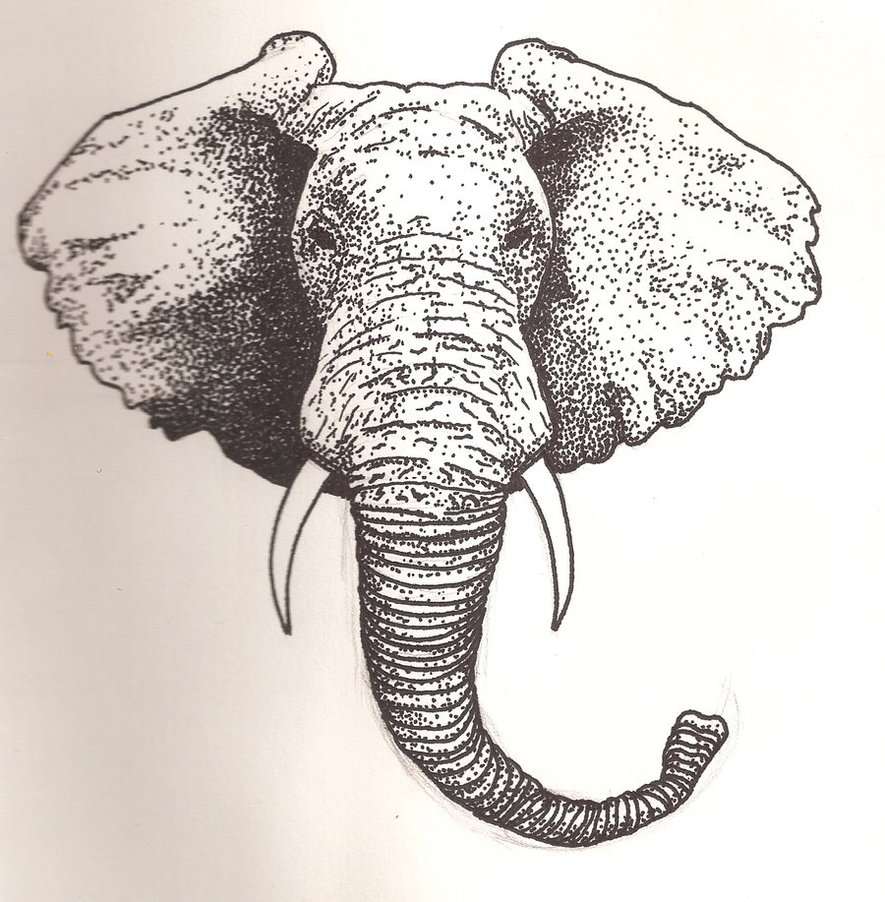
Photo Credit by: bing.com / elephant head drawing drawings sketch face scheinberg draw front deviantart pointillism tattoo google elefante indian african sketches tribal elephants search
Elephant Face Drawing At GetDrawings | Free Download

Photo Credit by: bing.com / elephant head drawing face side pencil study sketch deviantart tattoo toxic sin drawings simple fc04 animal elephants getdrawings olifant tekening
Pin By Lucas Araújo On Encantados | Elephant Drawing, Elephant Art

Photo Credit by: bing.com /
Elephants Face Drawing At GetDrawings | Free Download
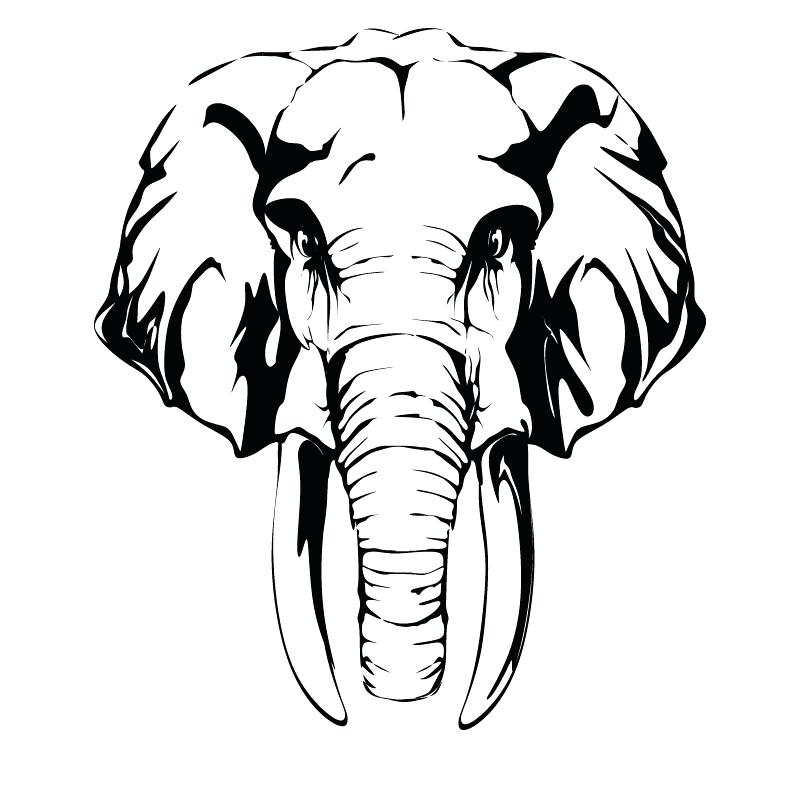
Photo Credit by: bing.com / elephant head drawing clipart coloring animal indian outline decal wall elephants face sticker front line clip designs silhouette african animals
How To Draw An Elephant Face Step By Step Easy - Arsil

Photo Credit by: bing.com /



